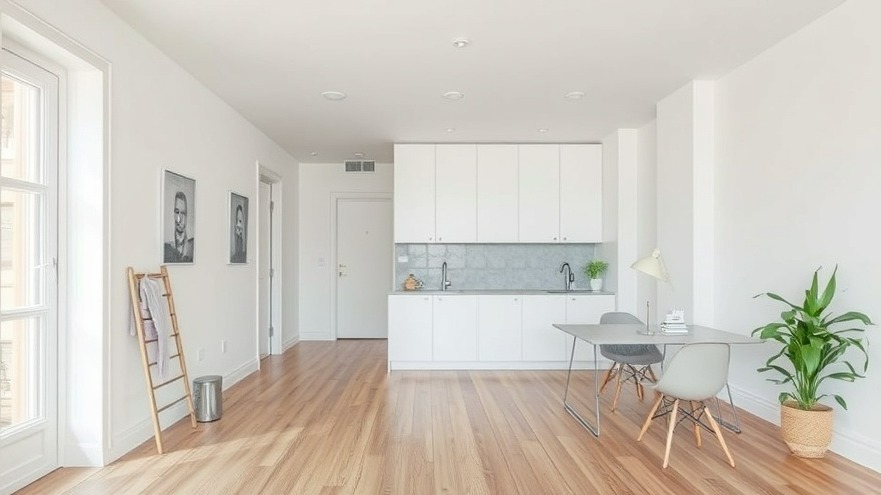
Redefining Workspaces: How Barcelona's Cierto Estudio is Paving the Way
In recent years, remote work has flourished, redefining traditional workspace setups and challenging conventional gender dynamics within the home environment. A prime example of this evolution can be seen in Barcelona's innovative housing project designed by Cierto Estudio, which creatively integrates communal living with ergonomic principles to promote both productivity and gender equality.
Historical Context: The Rise of Remote Work
The rise of digital nomadism and remote work has created an entirely new set of expectations for living and working environments. With so many people now able to work from anywhere, the previous notion of a "home office" has drastically changed. Housing projects like Cierto Estudio are setting trends by including shared workspaces as an integral part of living arrangements. Their design aims to accommodate a variety of work styles while fostering social interactions among residents, which is particularly beneficial for those working remotely.
Gender Roles in Modern Workspaces
Cierto Estudio takes a unique approach to commonly accepted gender roles by designing spaces that encourage equality through their layout and functionality. By integrating home and work life within shared spaces, they challenge the traditional perception that home environments are primarily for domestic duties. This shift not only fosters collaboration but also empowers individuals to share responsibilities more equitably, paving the way for a more balanced lifestyle.
Creating Ergonomically Efficient Spaces
As an ergonomics specialist, I deeply appreciate how important it is for workspaces to promote comfort and efficiency. Cierto Estudio incorporates ergonomic design principles into their shared work areas, ensuring that remote workers have access to adjustable furniture, proper lighting, and quiet zones that enhance productivity. This thoughtful approach helps mitigate common health issues like eye strain and back pain, often exacerbated by prolonged sitting at makeshift workstations.
The Connection Between Design and Wellbeing
The integration of wellness principles into workspace design can't be underestimated; healthy work environments not only facilitate productivity but also enhance overall wellbeing. Cierto Estudio emphasizes natural light and ventilation in their projects, contributing to both mental and physical health. The common areas are designed to encourage breaks, fostering a culture of collaboration, mindfulness, and social engagement.
Embracing Change: The Future of Living and Working
Looking to the future, it's evident that projects like Cierto Estudio represent more than just a housing solution; they embody a cultural shift towards more integrated, community-centric living. This evolution creates new opportunities for connections, creativity, and ultimately, better work-life balance for residents. As remote work continues to gain traction, architects and designers will be inspired to rethink how both living and working spaces are structured for adaptability, efficiency, and comfort.
Taking Steps Towards Ergonomic Excellence
For those looking to create or enhance their own remote workspaces, several key ergonomic and design principles can be applied:
Invest in Ergonomic Furniture: Choose adjustable desks and chairs that cater to your height and comfort.
Create a Distraction-Free Zone: Dedicate a specific area at home as your workspace to enhance focus.
Utilize Natural Light: Position your workspace near windows to reduce lighting strain and boost mood.
Incorporate Break Times: Schedule regular breaks to stretch and refresh your mind and body.
Ultimately, as we learn from the innovative designs at Cierto Estudio, the lines between work and home continue to blur. By adopting principles that prioritize health, wellbeing, and social interaction, we can cultivate environments that enhance both productivity and quality of life.
As you explore the possibilities of your workspace, consider how these ideas can be adapted to your needs. Embrace the change, and create a more balanced life through thoughtful design.
 Add Row
Add Row  Add
Add 




Write A Comment